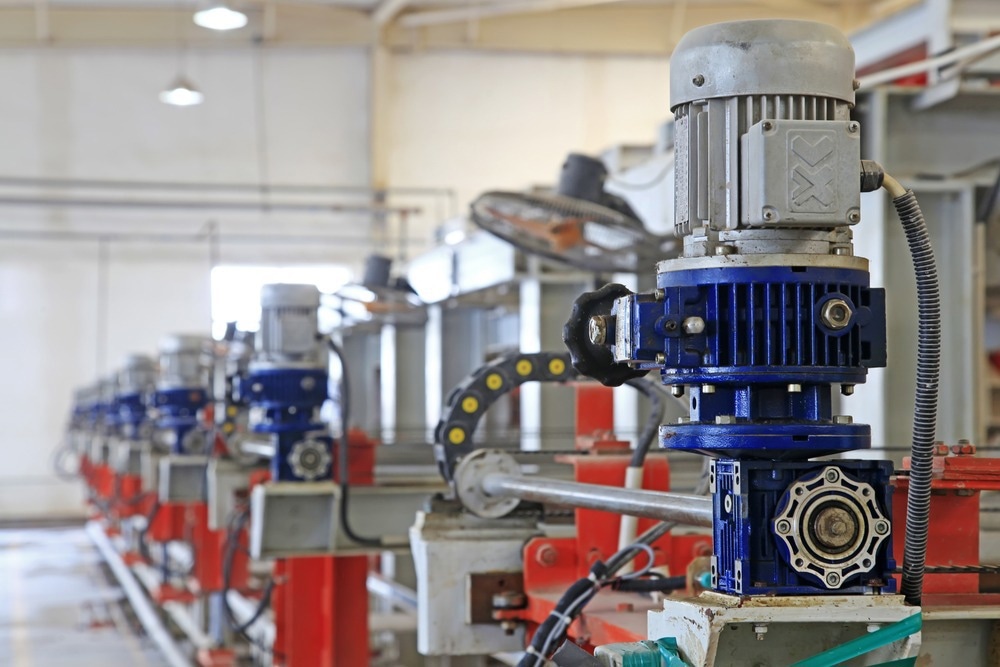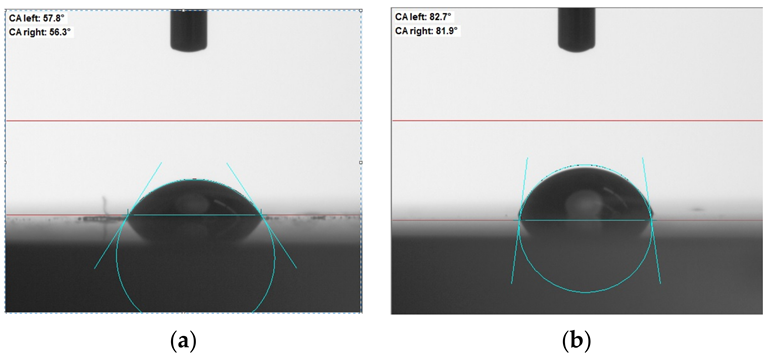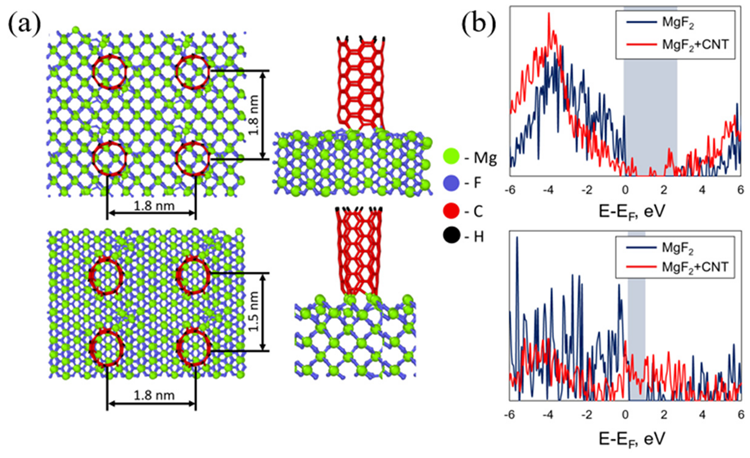A team of researchers recently published a paper in the journal Materials that discussed the potential of structured ceramic materials for optoelectronic applications.

Study: Advanced and Functional Structured Ceramics: MgF2 and ZnS. Image Credit: junrong/Shutterstock.com
Background
The nanostructuring process plays a significant role in changing the fundamental properties of optoelectronic materials. Advancements in the nanostructuring process in the past two decades have facilitated the discovery of new chemical and physical properties in traditional compositions, which extended the area of their real-world applications.
Ceramic compositions have attracted significant attention from the scientific community as an alternative to monomaterials due to significant challenges in obtaining monomaterials. The structure of ceramic compositions is almost similar to that of monomeric structures for several basic parameters.
Among various types of ceramic compositions, zinc sulfide (ZnS) and magnesium fluoride (MgF2) have gained considerable attention owing to their specific applications and unique properties.
For instance, MgF2 acts as an exit window for ultraviolet (UV) lamps used in polyclinics and hospitals for disinfection of premises, while ZnS is used in laser schemes of mid-infrared (IR) range beam splitters, semiconducting devices, and solar energy systems. Thus, both materials must possess a high wear resistance.

Change in the wetting angle for the pure MgF2 (a) and for the MgF2 + CNTs (b). Image Credit: Barnash, Y et al., Materials
Previous studies had investigated the structuring process when the surface or the volume of the organic or inorganic materials were treated with carbon nanoparticles, specifically carbon nanotubes (CNTs), and halogen elements, such as iodine (I), bromine (Br), and fluorine (F).
CNTs were preferred for the structuring of materials owing to their unique features, such as smaller refractive index value, effective branched surface, and greater carbon-carbon (C-C) bond strength.
A similar investigation of the structuring process when advanced ceramic materials ZnS and MgF2 are treated with CNTs is necessary before using them as replacements for conventional crystalline bulk systems, which are synthesized using a laborious and complicated process.
The Study
In this study, researchers investigated the changes in the wetting, mechanical, and spectral properties of pure and CNT-structured ZnS and MgF2 ceramics. An innovative laser-oriented deposition (LOD) technique was used for the surface modification of the ceramics with CNTs, where the CNTs were introduced on the surface in a vertical position. Quantum chemical and analytical calculations were performed to verify the experimental results.
A 10.6 µm carbon dioxide (CO2) laser with 30 W polarized radiation was used for the surface modification of the selected ceramic materials. 0.4–0.7 nm single-walled CNTs (SWCNTs) utilized as nano-objects were deposited vertically on the ceramic material surface through the application of a 100–600 V cm–1 electric field.

(a) Atomic structure of the considered CNT/MgF2 interfaces. (b) Electronic density of states. Blue and red curves indicate pristine and modified MgF2, respectively. Image Credit: Barnash, Y et al., Materials
The VIS SF-26 spectrophotometer, Furrier FSM-1202, and Lambda 9 instruments were used to obtain the spectra of the CNT-treated ceramics, while a PMT-3M instrument with the ability to alter the indenter forces was employed to assess the microhardness. The change in the wetting angle/contact angle was controlled using an OCA 15EC device to predict the Lotus effect.
The Solver Next atomic force microscope (AFM) was used to perform AFM analysis of the CNT-modified surface. The density functional theory (DFT) was implemented in the Vienna ab initio simulation (VAS) package to perform the quantum chemical calculations within the augmented plane-wave basis set, where the plane-wave cutoff energy was fixed at 250 eV.
Observations
The use of a non-contact laser deposition technique enabled researchers to predict the formation of covalent bonds between surface atoms and CNTs, which helped them to observe the increase in the laser, transmission, and mechanical strength and the change in the wetting angle, and eliminated the need for using toxic solvents.
SWCNTs were deposited successfully on the ZnS and MgF2 surfaces in vertical orientation using the LOD technique. The CNT-based coatings could withstand flesh heating up to 1500 oC and mechanical loads up to tens of GPa. A relatively small CNT coating thickness of 10-100 nm was observed due to the covalent bonding between the CNTs and the surface layer.
The deposition of CNTs on the ceramic material surface led to minor spectral changes in the mid-IR region for ZnS and considerable spectral shifts in the UV region for MgF2, along with considerable improvements in the strength and wetting angle of both ceramic materials.
Additional electronic bands were observed in the band gap of the pristine MgF2 slabs after CNT deposition, demonstrating the influence of CNTs on the MgF2 optical properties.

Change in the roughness for the pure MgF2 (a) and for the MgF2 + CNTs (b). Image Credit: Barnash, Y et al., Materials
The use of laser deposition methods led to a significant advantage over conventional chemical vapor deposition (CVD) techniques owing to the controlled and contactless exposure and a low loss of substance used for the sedimentation, which resulted in a good reproducibility of the results.
The observations indicated that structured MgF2 optical ceramics could be used to improve the strength of UV lamps output window and orient a liquid-crystal (LC) molecule in place of using other orienting layers. Similarly, the structured ZnS ceramics were suitable as an effective photolayer and an alignment relief for an LC mesophase orientation along one direction in the optically- or electrically-addressed modulators operating in a wide spectral range.
Taken together, the findings of this study demonstrated that the major characteristics of ceramic materials change significantly after surface treatment with CNTs. However, these results must be verified by other experimental methods, such as Raman spectroscopy and mass-spectrometric analysis, in the future.
Disclaimer: The views expressed here are those of the author expressed in their private capacity and do not necessarily represent the views of AZoM.com Limited T/A AZoNetwork the owner and operator of this website. This disclaimer forms part of the Terms and conditions of use of this website.
Source:
Barnash, Y., Kuzhakov, P., Kvashnin, D. et al. Advanced and Functional Structured Ceramics: MgF2 and ZnS. Materials 2022. https://www.mdpi.com/1996-1944/15/14/4780